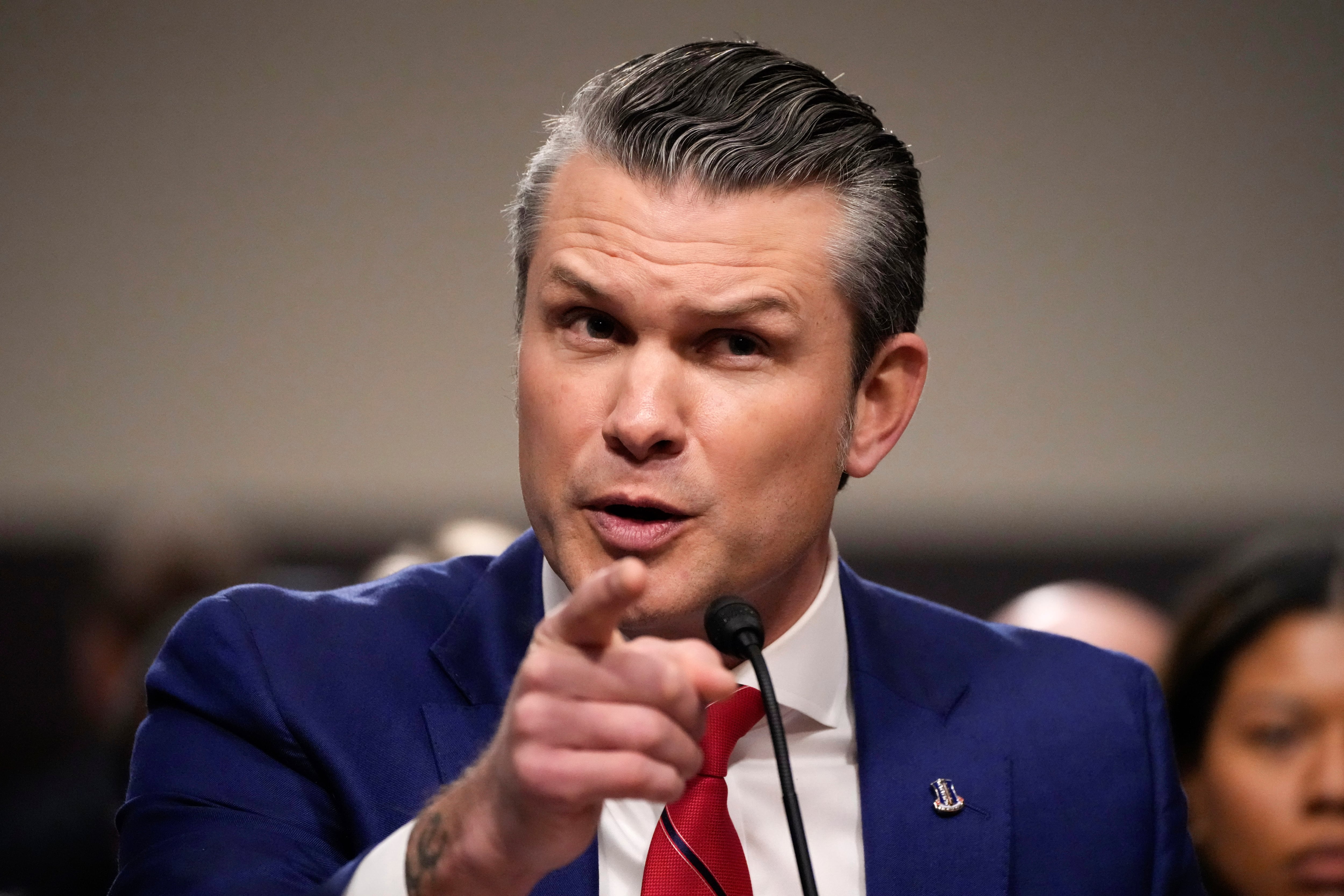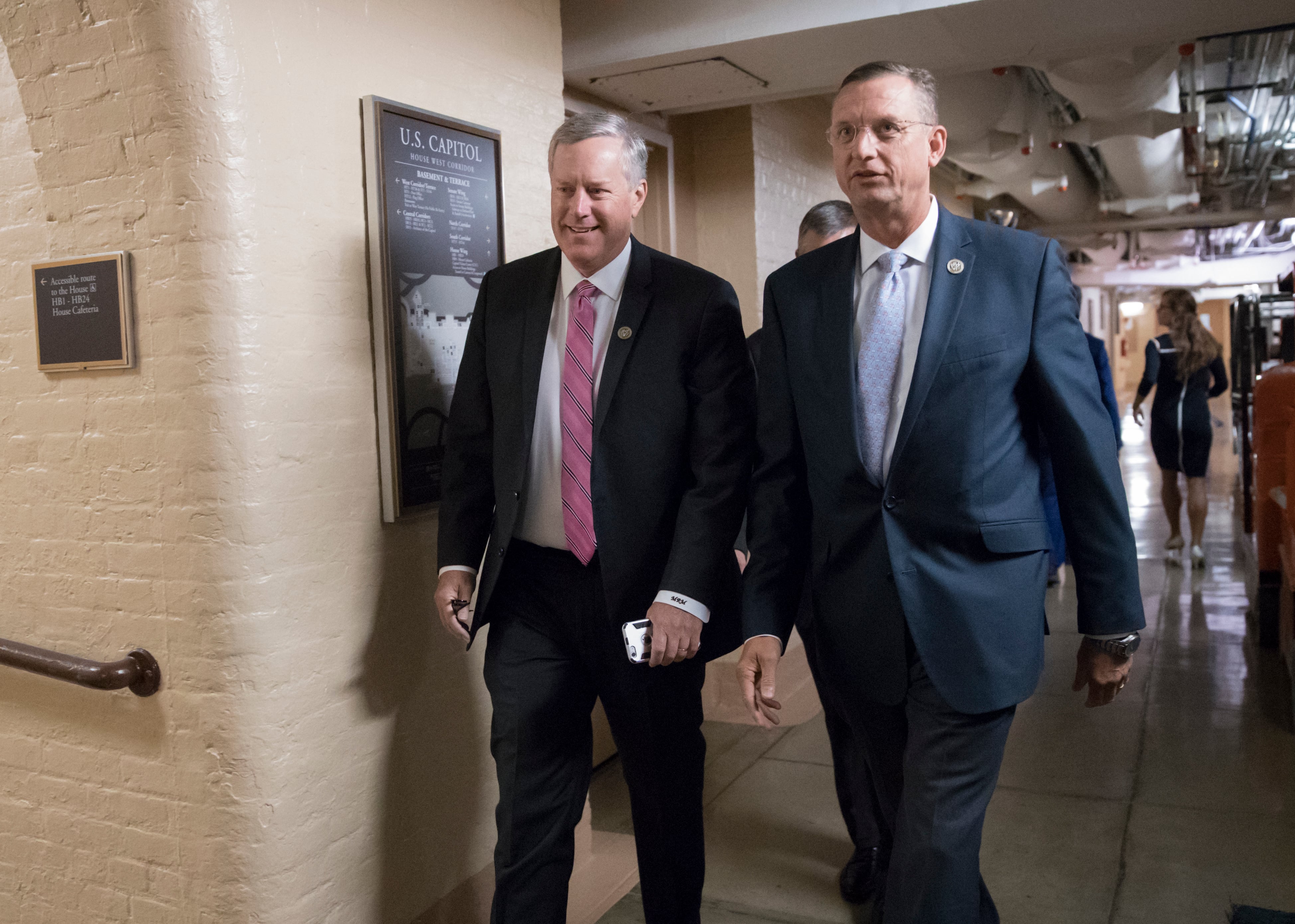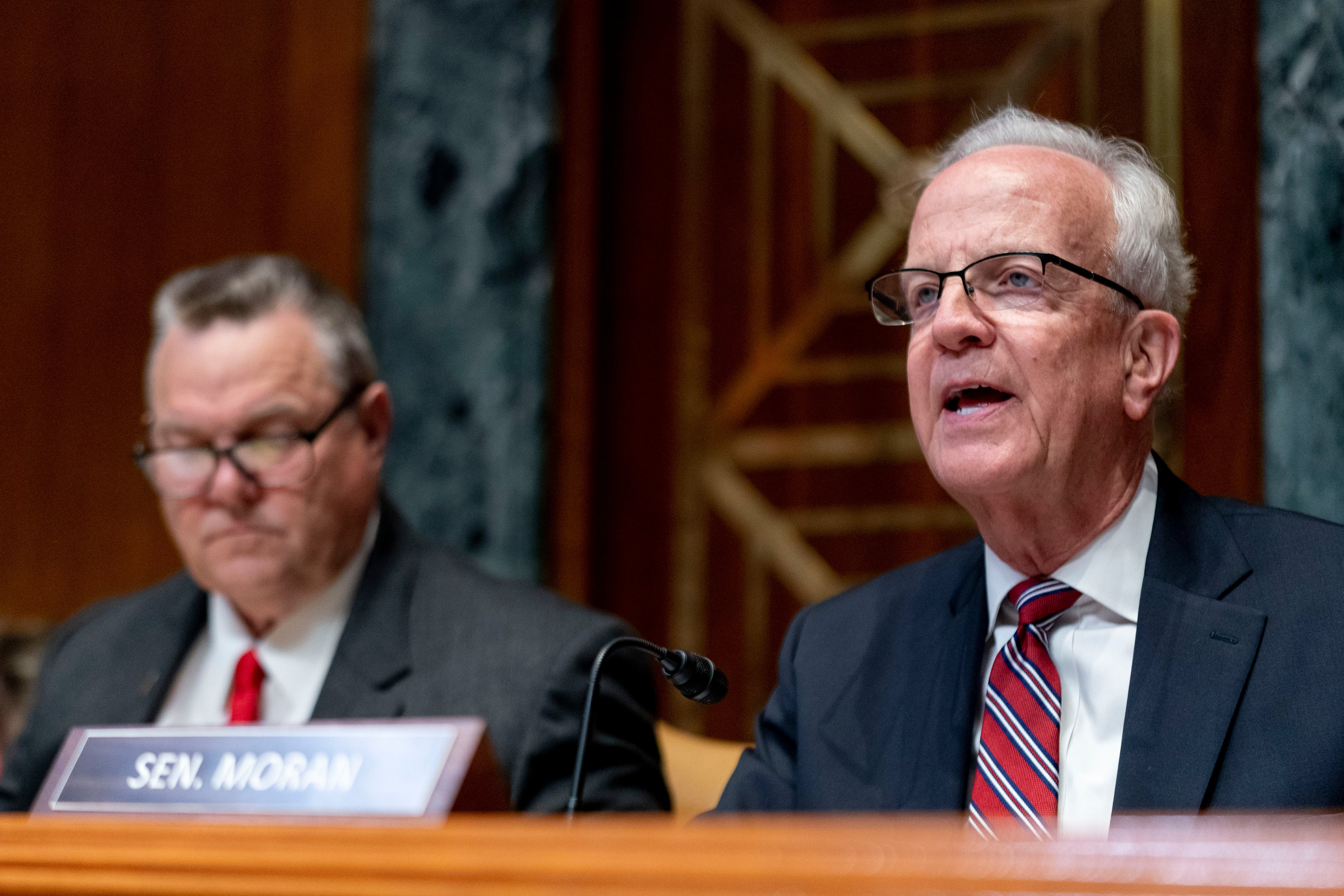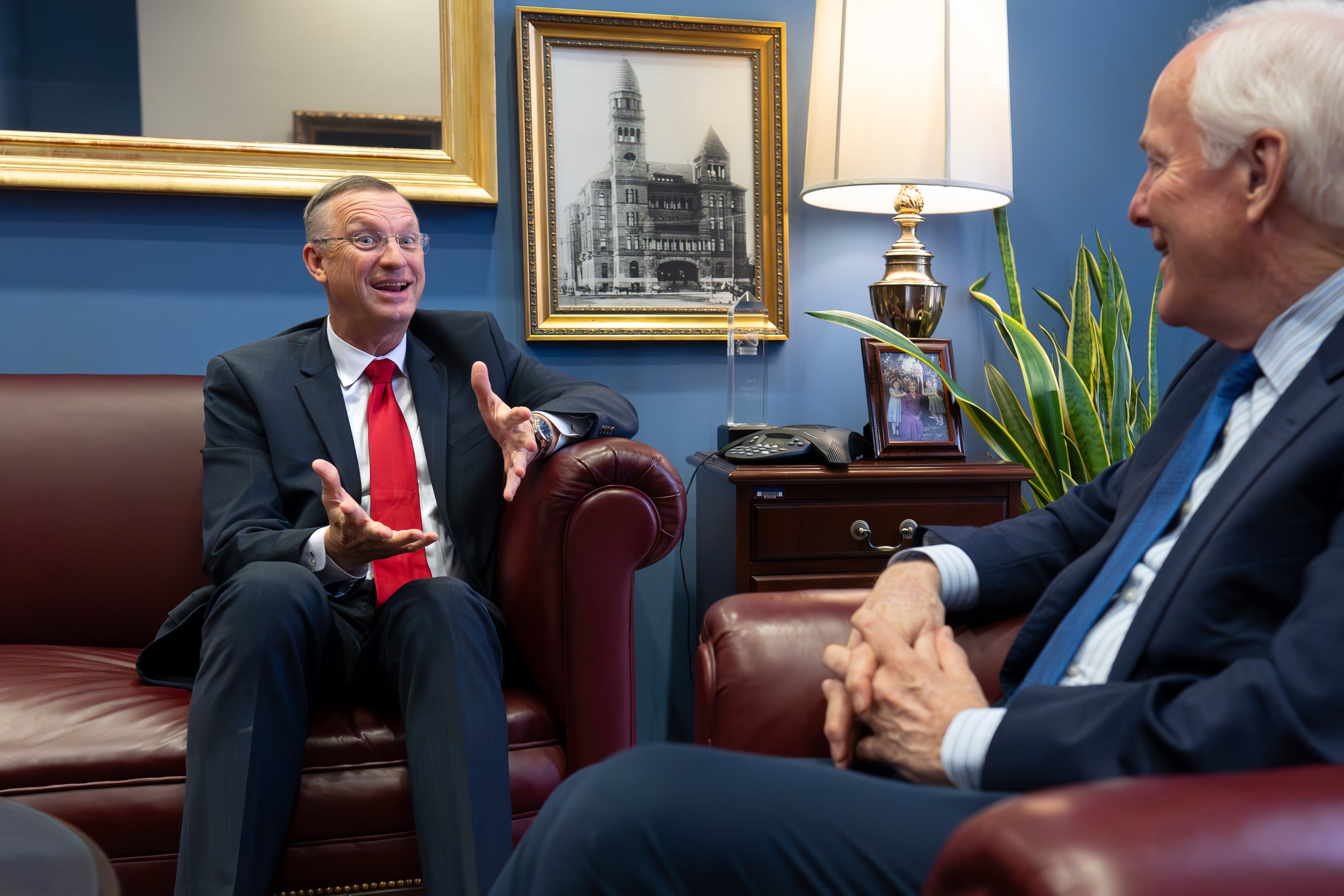SEOUL, South Korea (AP) — North Korea has criticized a U.S. decision to provide nuclear-powered submarines to Australia and threatened unspecified countermeasures if it finds the deal affects its security.
State media on Monday published comments from an unidentified North Korean Foreign Ministry official who called the arrangement between U.S., Britain and Australia an “extremely” dangerous move that would destroy the security balance in the Asia-Pacific. The official said it would set off a nuclear arms race.
The official said the North was closely examining the deal and would proceed accordingly if it has “even a little adverse impact on the security of our country.”
President Joe Biden announced last week a new alliance including Australia and Britain that would deliver an Australian fleet of at least eight nuclear-powered submarines. Biden has stressed the vessels would be conventionally armed.
France denounced the move, accusing Australia of concealing its intentions to back out of a $66 billion contract with the French majority state-owned Naval Group to build 12 conventional diesel-electric submarines for Australia.
Australian Prime Minister Scott Morrison blamed the switch on a deteriorating strategic environment in the Indo-Pacific, a clear reference to China’s massive military buildup that has been gaining pace.
Apparently alluding to the French complaints, the North Korean official said the United States was being accused of back-stabbing even by its allies. The North believes the deal would destroy the “peace and stability of the region and the international nuclear non-proliferation system” and catalyze an arms race.
“The prevailing situation shows once again that bolstering the capabilities for national defense from a long-term perspective should not be slackened even a bit in order to cope with the ever-changing international security environment,” the Korean Central News Agency quoted the official as saying.
North Korea suspended its testing of nuclear bombs and intercontinental-range ballistic missiles that could hit the U.S. mainland in 2018, when its leader Kim Jong Un initiated diplomacy with former President Donald Trump while attempting to leverage his arsenal for badly needed sanctions relief.
Nuclear negotiations between Washington and Pyongyang have stalled since the collapse of a second Trump-Kim meeting in 2019, when the Americans rejected North Korean demands for major sanctions relief in exchange for dismantling an aging nuclear facility. That would have amounted to only a partial surrender of the North’s nuclear capabilities.
The North has continued testing shorter range weapons, threatening U.S. allies South Korea and Japan in an apparent effort to pressure the Biden administration over the stalled diplomacy.
This month, the North tested a new cruise missile it intends to eventually arm with nuclear warheads and demonstrated a new system for launching ballistic missiles from trains.
The North’s launches from rail cars on Wednesday came hours before the South reported its first test of a submarine-launched ballistic missile. The dual display of military might highlighted a return of tensions in the region.
In a separate statement Monday, the North scoffed at the South’s test, saying the missile was clumsy and didn’t appear ready for military use.
Jang Chang Ha, president of North Korea’s Academy for National Defense, said the rudimentary weapon system designed to fire conventionally-armed missiles posed no immediate threat to the North.
The North tested its Pukguksong-3 missile from a sea-based platform in 2019, part of a years-long effort to acquire the ability to fire nuclear-armed missiles from submarines.





